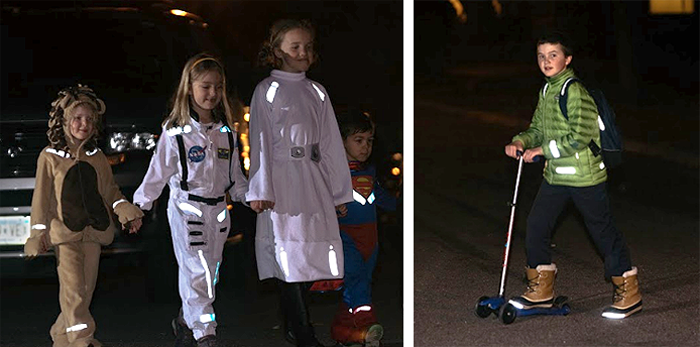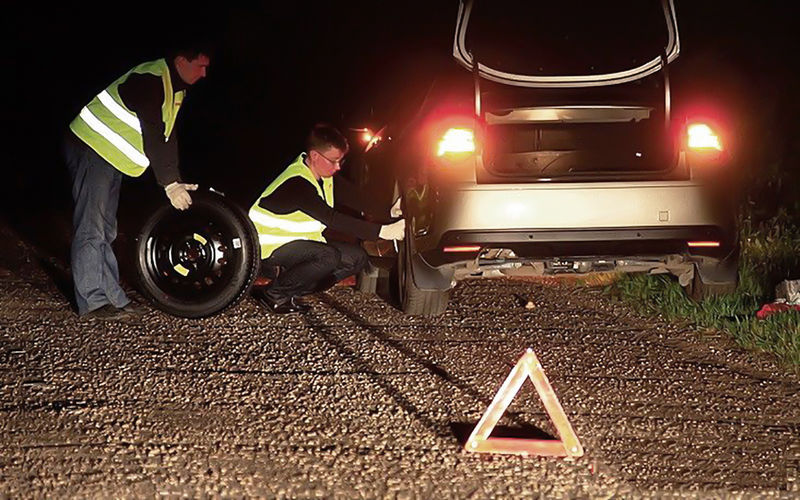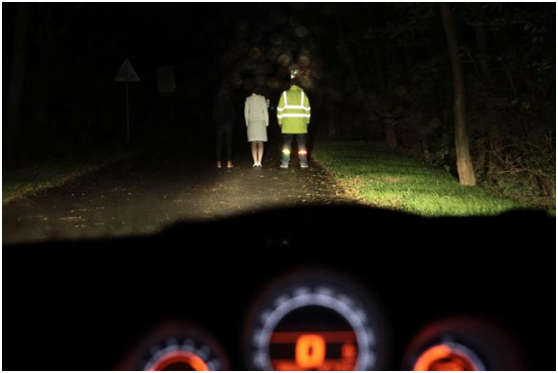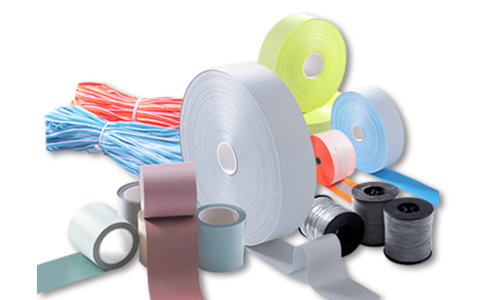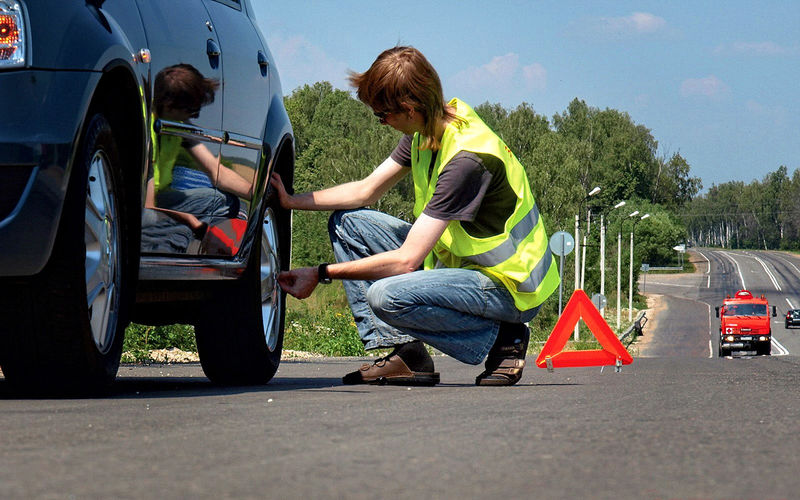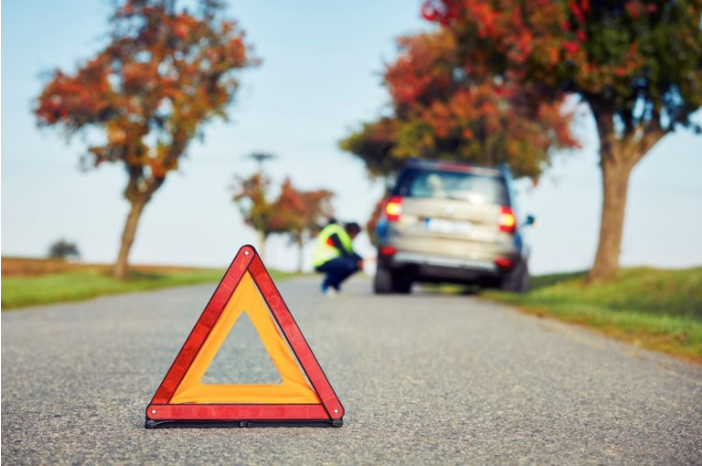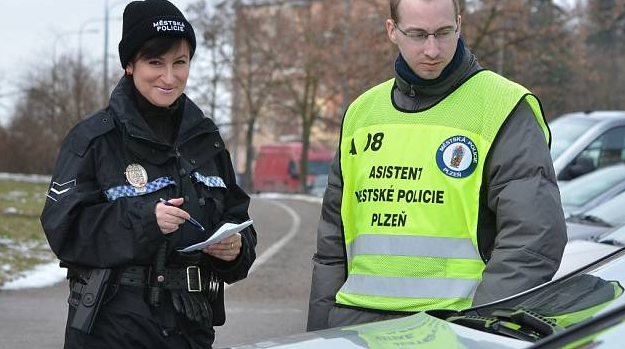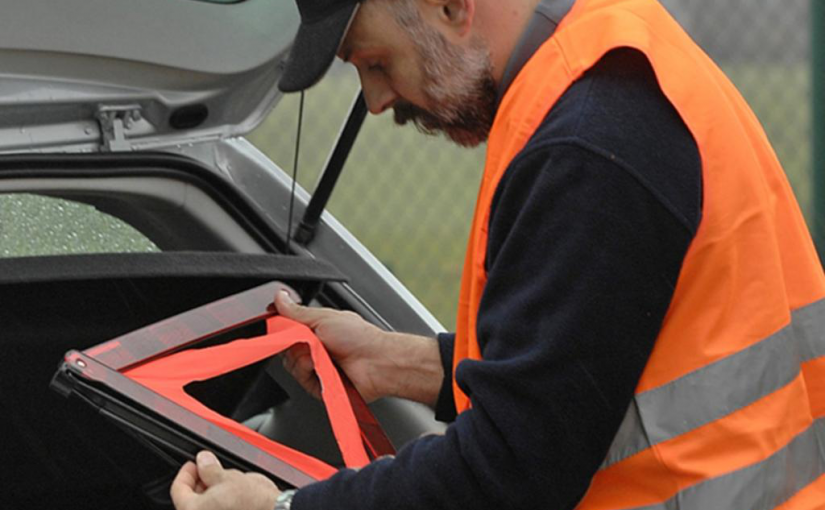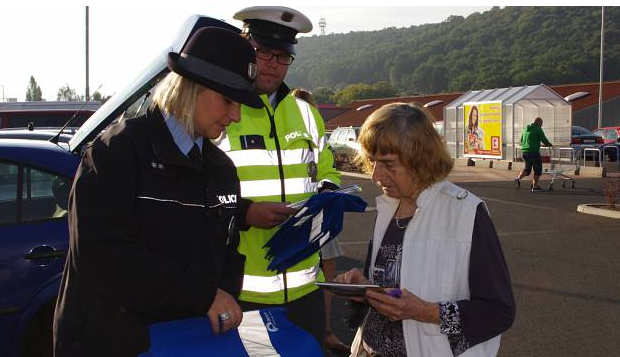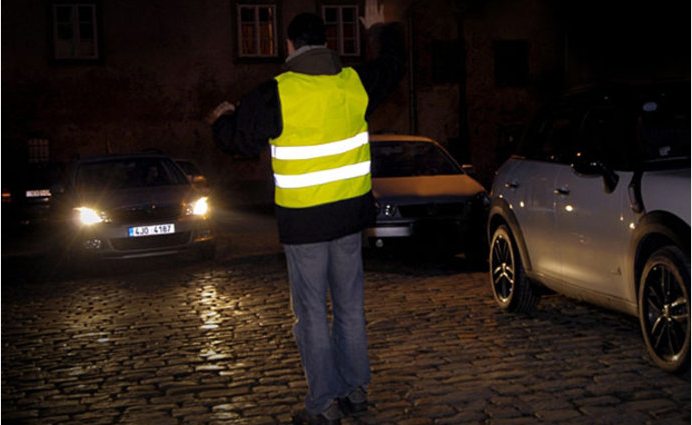The car is still the most popular and used vehicle in the world, and it is not the same in our country. We travel by car to work, to the family, to shopping, to trips and, last but not least, to holidays.
Most Slovaks prefer to travel on holiday by car, despite affordable air transport. We like to travel by car very often, so we have prepared a summary article that can help you before you travel by car.
We focus mainly on what to check before traveling, what to watch out for and to recommend a few devices and applications that might be useful for you.
What to check?
The basic basis and necessity are to check the condition of the vehicle. We believe that without a basic check of the condition of the car you will not go on a long journey. You do not need to be an expert or car mechanic to check important parts of your car. First of all, it is the tires – their condition and correct inflation. The optimum tire inflation values can be found on the label at the bottom of the B-pillar or the inside of the fuel filler flap. Checking the fillings is also very important, which means checking the level of oil, coolant, brake fluid, and washer fluid. This is the very foundation.
If you have an older car, it is advisable to have a little distilled water and suitable engine oil in the trunk. We also recommend that you check the required equipment, which may vary by country. A warning triangle, a reflective vest, a first aid kit, and a spare wheel is essential. This is not only necessary if you have RunFlat tires or a tire repair kit. Our recommendations include a basic tool kit, an LED flashlight, and spare bulbs.
Why not forget?
Before you (not only) take a long journey, make sure that you have compulsory contractual insurance (PZP). You show this to the competent authorities with a green card that applies throughout Europe. PZP covers only those damages that you have caused to the other party – your damages are without compensation. For this reason, it is also worth having accident insurance. If you have one or want to do so, check with your provider for territorial validity. You may not want to pay in the country you are going to.
This can be completed and paid for a short period. In addition to car insurance, do not forget about personal insurance. If you are traveling as a family, you can take out insurance for a given period together and often at a very advantageous price, often including luggage and valuables insurance. Many insurance companies have mobile applications that ensure the whole family in minutes, without having to visit any branch in person. An important and necessary document in the car is also an accident report, which should be safe in English. Just download the report on the Internet and print it. Nothing complicated but very important for you to have.
If you are going on holiday with foreign car hire, you should also consider the official confirmation of renting the car. If you are stopped by the cops and you do not have it, it can be a big problem and, in the worst case, an early exit. If you rent a car, print out a simple document on the rental of a motor vehicle for a certain period, with which you must visit a notary and have it officially verified. Of course, even with the owner of the vehicle. Doing so will prevent potential problems. When renting a car from a rental office, this form is a matter of course. And do not forget your identity card (valid within the EU and Switzerland) and children under 15 must have a passport. If you do not have it, you can also provide it for your children quickly – within two working days for an increased administrative fee.
Luggage properly and passengers come first!
Always observe the basic principles of proper storage when loading the luggage in the vehicle. The heaviest items (suitcases, water, etc.) should always be at the bottom and as close as possible to the backrests of the second row. This will prevent them from sudden shifting during emergency braking, and also achieve a lower center of gravity, which is beneficial to the driveability. Heavy objects on the top help to increase the vehicle’s tilt in curves and are also very dangerous. However, any improperly attached or placed item that can take up to several times its weight during impact is dangerous. We also recommend that you take the trunk only to the level of the backrests in the second row. Remember to divide your network to go higher. Also, it will not hurt if you secure the entire luggage in the trunk against the movement of the pulling belt, etc. And do not forget the maximum permissible vehicle weight!
Passengers are always in the first place! Make sure each passenger has enough space and comfort, while not trying to push extra luggage and things that have nothing to do into the cabin itself. The cabin includes only important personal belongings, snacks, drinking regime, or some games for children that entertain them during a long journey. If you do not have enough space in the trunk, consider a roof box or a compact trailer – you do not have to buy them, they can also be borrowed. Proper sitting is also very important, always sit max. comfortably, but pay attention to safety. A child seat is a must for children and all passengers should be restrained at all times. At the moment, it is a big habit for passengers or rather passengers to put their feet on the dashboard of the vehicle for comfort. Please, never do this! Even in a small car accident, it is a life-threatening position.
The driver should not forget about regular breaks, good music, and drinking regime. During long journeys, breaks are very important, ideally after 3-4 hours of driving. You will appreciate it not only for you but also for the crew. Have a good coffee at the petrol station, stretch bones or take the highway to discover local cafes. Coffee and energy drinks are good, but everything should be taken in moderation. These tasty drinks suppress fatigue – do not remove it!
Devices and applications that you might find useful
If you are traveling with children, it is advisable to have devices that can entertain them and are not difficult to operate. They can be offline games, but also game consoles such as. Nintendo Switch. It’s also great to have a tablet to download games and record movies or fairy-tales that younger children will appreciate while watching them without an Internet connection. This includes a tablet holder to make viewing comfortable and safe. You can buy a quality holder from as little as 15 euros, but make sure you are compatible with your car. A good smartphone holder will also appreciate a chauffeur who should know that the phone is not behind the glass (in direct sunlight). Ideally, it should be placed lower on/under the dashboard or in a bracket to be placed in the vent – the air conditioning will cool the phone.
If you are taking a laptop, a voltage converter will come in handy as well. It is affordable and invaluable at certain times. You should not miss a good car charger for your smartphone. Modern cars have multiple USB-A charging ports integrated, so you only need cables. You can also use a quality power bank, which you use not only in the car. There are also those available to start the car with a discharged battery! We believe you have a smartphone, so use it properly. Certainly, it should not miss navigation applications such as Google Maps and Waze. While these applications need data, they are no longer a problem even abroad within the EU.
We believe that these recommendations will help you to manage your trip without any problems and that you will enjoy every holiday or trip by car.
